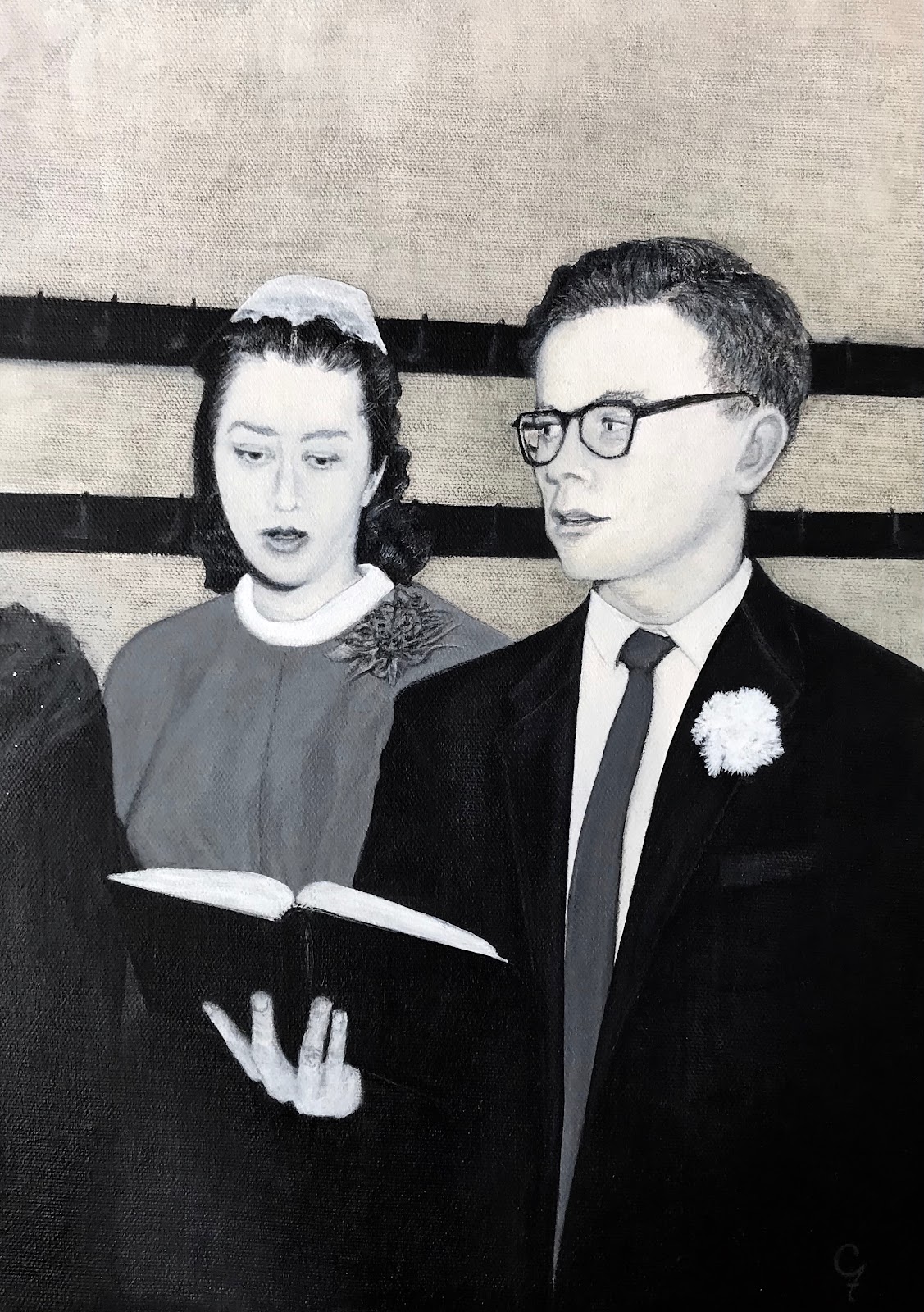My first foray into independent online learning began this winter with two advanced classes of pastellists, working indepenently on their own individual ideas and artworks, in an open studio setting.
My job was to guide these artists to notice the frequency of their concepts/ideas for painting, to document them, organize them, and most importantly, to prioritize, let the best ones, rise to the surface.
Many years ago, a student of mine from Tennessee gifted me this book, Everyday Sacred (thank you Suzy and Curtis). I knew, at some point, that I would design a course around this book. The concept is philisophically elemental for artists. To pay attention to our everyday lives, and find the sacred in the most familiar, seemingly average days. To find sacred, in the seemingly, at first glance, ordinary. It's all in your state of mind.
One of my jobs is to expose my students to excellent examples of great artworks, born fo great ideas. So we took the time to study and search out artwork by other makers. First, I would create slide shows based on a theme. It could be colour treatment, or subject matter. The following week, each student had to provide an example for another slide show to be shared with everyone.
It's all about pooling ideas, and developing your own taste. Finding your direction and style in art is as simple as asking oneself whether you like something or not. Over the many years I have taught, I've noticed that students often don't take the time to simply appreciate the work of others. We have no excuse, everything is at our fingertips with the internet.
I gathered students from Florida to B.C. , one of the great things about online classes, no geographical boundaries. We did this at night for members of the workforce and in the afternoon for my retirees.
This was not a beginner class, you had to have some experience, in order to feel comfortable working on your own. I do have a process I teahc my students, so they know how to take an idea, create a thumbnail, choose a pallette and have some understanding of composition.
For many years now, I've been involved in helping my students develop QUALITY ideas and themes in order to develop their voice in art. We talked a lot about working within a theme, but also bounced around a lot with different subject matter. I really enjoyed quite a lot of discussion on winter landscape, but we also delved into flowers, still life, colour saturation, with much discussion on ground choice.
The results of these classes has astounded me. I am so friggin proud of my students! I've seen so much growth, and know that everyone has benefitted so much, from seeing and hearing about the work of the other people in their class.
I would like to give a BIG thankyou to everyone who attended one of these classes, it has been my honour and privilige to teach you all. I look forward to doing it again.
B.C. flowers from Janets' garden.
Kathys' careful apples.
Miriams' original ideas of shape and placement.
Cindy find the sacred in everyday
Gillians' theme of tulips - a graphic and personal approach
Risk taker Mikkis' Cottage life is sacred.
Audrey captures the mood.
Jennys' love of nature
Margos' theme, of this sacred plate.
Leilahs' patience has won
Cates' realism realized.
Julies' lovely and loose Fawn Lily
Thankyou to all my stduents who attended these classes,a nd to those who sent in a piece for this blog post.
If you work in pastel and have some knowledge and experience and are interested in working independently, in a safe and encouraging atmosphere with other pastellists, please be in touch.
As always, thanks for listening, Margaret Ferraro.
To contact me about coming into the advanced pastel program, send an e-mail to marg.ferraro@gmail.com












